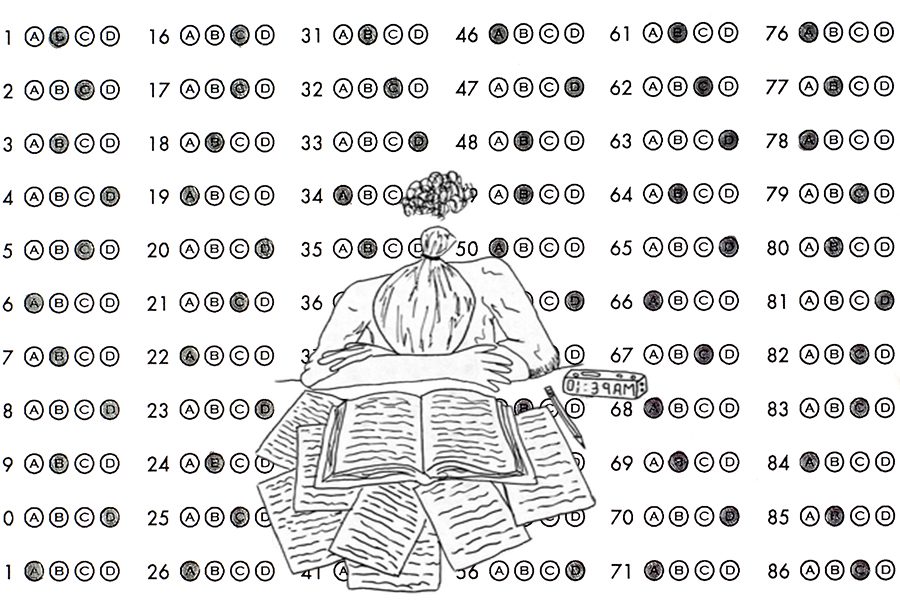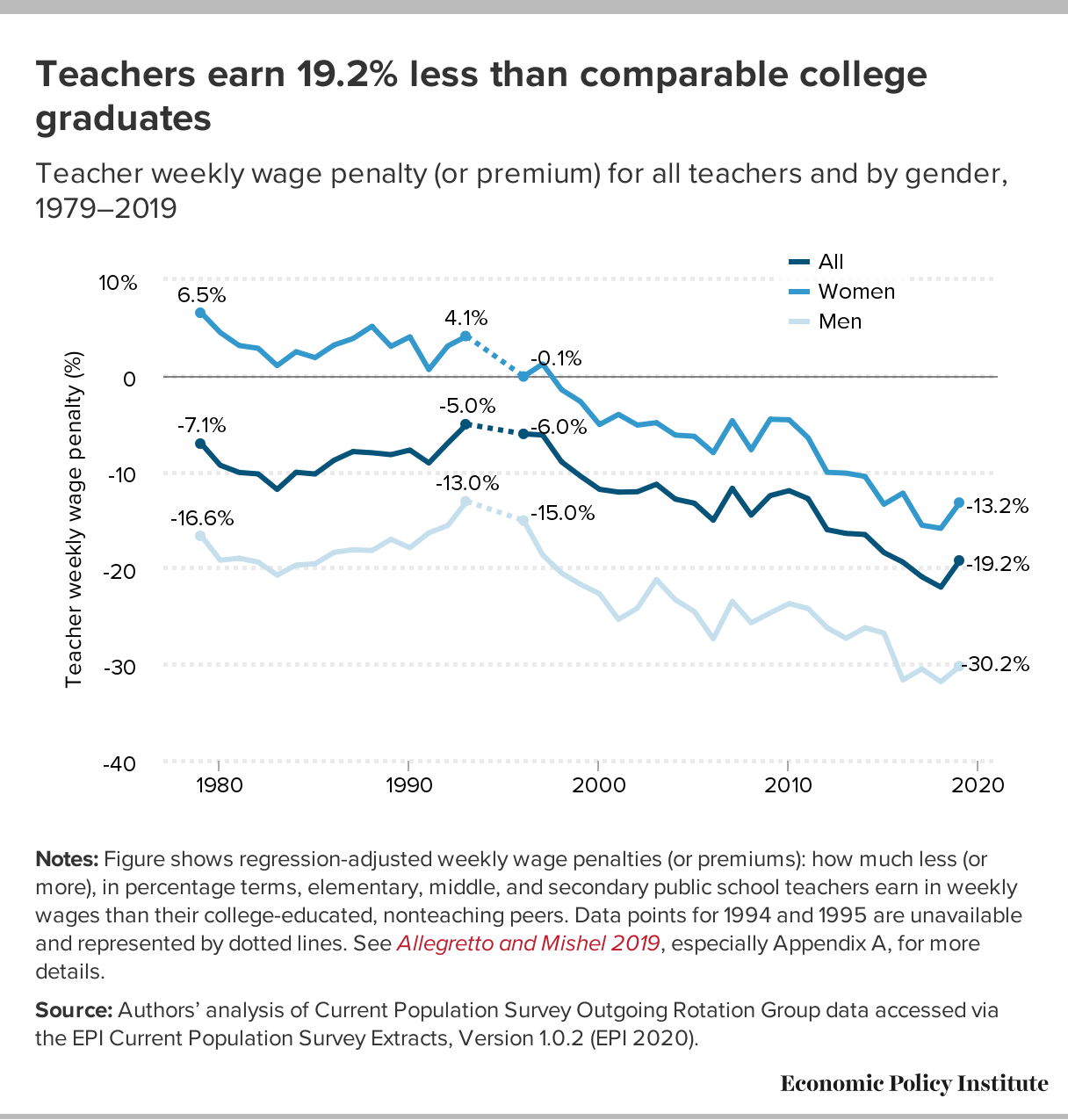Teacher tenure is a policy that protects educators from being fired without just cause. Their contract ensures employment and it is often difficult to dismiss a tenured teacher for reasons other than severe misconduct or incompetence. Because of this, it has become a controversial issue in public schools and many question if the policy is outdated.
Teacher tenure has existed since the early 20th century. Before then, little to no policies were in place to protect teachers from being fired for the wrong reasons. Some of the most common motives were race, gender, political affiliation, favoritism, and even pregnancy for women. This changed in 1885 when the National Education Association addressed the issue and one year later, Massachusetts became the first state to pass a tenure law.
Although this varies across state, public school teachers can earn tenure in as little as three years, but professors are not under review until at least five years in the position.

In fact, many states have reformed their tenure laws in response to Obama’s Race to the Top program, which requires schools to consider student achievement when granting tenures. Despite this modification, teacher tenure remains a controversy.
The Pros
- The main argument stems from its original purpose of implementation. Under tenure laws, teachers are protected from biased reasons, therefore, administration cannot fire someone just because. Charges, evaluations, and hearings must be filed and held. This process can cost up to hundreds of thousands of dollars.
- Prohibits schools from firing experienced teachers. As schools face budget cuts, it has been more common for schools to fire experienced and more expensive teachers in light of newer and less expensive teachers.
- Teachers have more freedom to teach less popular and more controversial topics. This may include readings and topics that school districts or administration may not approve or ban. Without this protection, some educators may not feel as safe or be open to teaching important topics.
The Cons
- With the guarantee of employment, it is almost impossible to get bad teachers out of the profession. Part of this is because with tenure, it is easy for teachers to become complacent, and essentially removes incentives and decreases work ethic. According to a study by the New Teacher Project, 81% of schools have low performing teachers, but administration will not do anything about it because of the time-consuming and expensive process.
- Tenure is often determined by seniority instead of teaching quality and performance.
- The system is designed to protect teachers instead of students. As the role of educators in students’ lives is changing, it is important that tenure laws are in the best interest of the children. If students are stuck with a tenured and unqualified teacher, it can result in serious damage to the students’ education.
Do you think teacher tenure should remain? What would be a possible standard middle ground for this policy?






